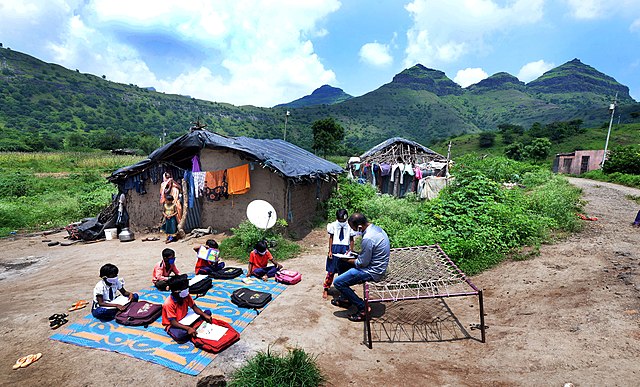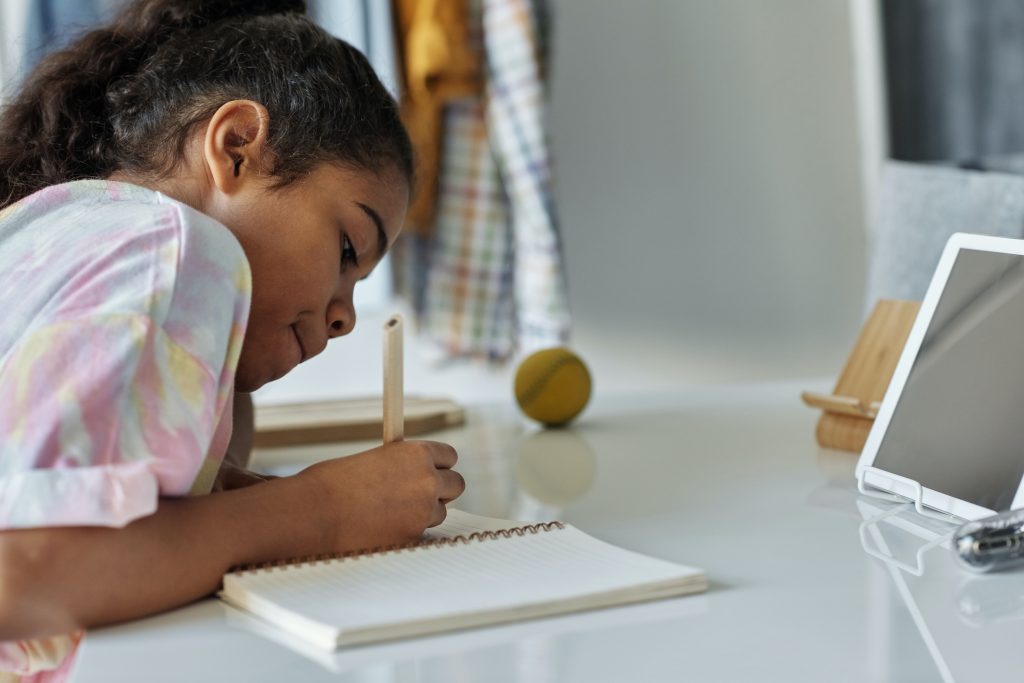Digital classrooms and resources for teaching online have become essential during the pandemic. Some schools have even provided students with tablets, laptops and digital platforms to help out.
Covid-19 not only took millions of lives but strained many key sectors, including education. 185 million students around the world have had courses disrupted, lost loved ones or managed serious illness, and many households have lost income.
What happens when face-to-face classes finally return? Is there a way we can make use of all those platforms and learnings from the Covid era? In this article we look at repurposing online resources. Could they be useful in countries where conditions restrict normal schooling? How might they help in places where education is hard to access?

How Covid 19 has Changed Education
Lockdowns and disruptions have many knock-on effects. Some tertiary students, for example, who need to present laboratory tests for their thesis, have simply been unable to complete their degree. This affects plans for further education or starting a career. Also, universities are losing research grants to other funding priorities. Voluntary retirements due to uncertainty or illness have affected staff numbers. In places like India, where infections have been high, the education system has been battered.
Private schools and colleges around the world adapted by building digital classrooms using streaming video and platforms like Teams. This has been easier in homes with access to the latest technology. Parents can help their children to use resources and monitor their progress.
However, in some Asian, African, and Middle Eastern countries, students have found it more difficult. Many parents in developing countries are illiterate and living in poverty. Laptops and online resources are much harder to get and even basic protections like vaccines and masks are in short supply.

The Benefits of Resources for Teaching Online
Face-to-face learning is vital for the development of communication skills, leadership and teamwork. It also is less prone to cheating in exams.
Yet, while there are challenges with online learning, there are also many benefits. Platforms are developing at a rapid rate and the quality of service has improved immensely. Quite apart from the dangers of Covid 19 infection, remote learning allows classes to go ahead where distance or risk affects attendance.
Moreover, the modern workplace is changing, with more remote work and greater familiarity with its technology. A lot of transactions take place online which makes the global economy more accessible. The work/life balance for many has also benefitted from being able to spend more time with family.
Mobile teaching apps are providing quality engagement for students and many use well researched teaching methods. You only have to look at the evolution of language learning apps which, paired with real time chat rooms, are helping more people learn languages than ever before. Of course, good network coverage is vital for all of this to work, as is access to hardware.
Education for all?
Governments in poorer countries can spend only about 15 percent of their annual budget on child education. In Bangladesh, Pakistan and 23 other countries with large non-school populations, governments dedicate less than 3 percent of GNP to the sector. Many schools do not have basic facilities like proper sitting, drinking water and sanitation. Students suffer health problems from malnutrition, as well as poor concentration. There is almost no scope for the internet, computers or video streaming devices.
However, experts argue, providing basic education to all children is very doable. The 46 low and middle income countries would require only an extra $26 billion a year, which is less than four percent of the US defense budget.
Also, the cost of resources for teaching online will fall as more start-ups enter the market, and as wealthy countries return to normal schooling, remote resources may become more affordable.
In this way, the experience of remote learning can reduce disadvantage. It may be by improving long distance classes, or access to learning apps. Or it may be through the donation of technology and training.

Making Use of Old Hardware
The first priority must be building internet infrastructure and providing hardware. Corporations and donors can help introduce technology to developing countries by providing internet services or donating old computers, laptops and mobile devices.
Of course, it’s not just a matter of money. Social and environmental issues play a big part in the success of schools.
The UN’s Sustainable Development Goal 4 aims to “ensure inclusive and equitable quality education and promote lifelong learning opportunities for all”. Additionally, its Target 4.1 sets the goal of giving “all girls and boys complete free, equitable and quality primary and secondary education leading to relevant and effective learning outcomes”.
The success of this goal will depend on a great deal of support from cultural leaders, charities and local governments. It may be that past students can provide help with online learning, after the threat of Covid has subsided.
Even in our local community there are people who cannot afford even the basics of home computing. Everyone can make a difference to education equity by donating old hardware to recycling services. Apart from helping people to access online teaching resources, you’ll be reducing the ever increasing burden of e-waste on our environment.
The THRIVE Project looks closely at sustainability issues and provides a knowledge base on progress towards each of the 2030 Sustainable Development Goals. You can find blog articles, webinars and expert opinion at the website. Join the THRIVE community as a friend, a contributor or even a volunteer as we pursue the path to a ‘thrivable’ future.






















